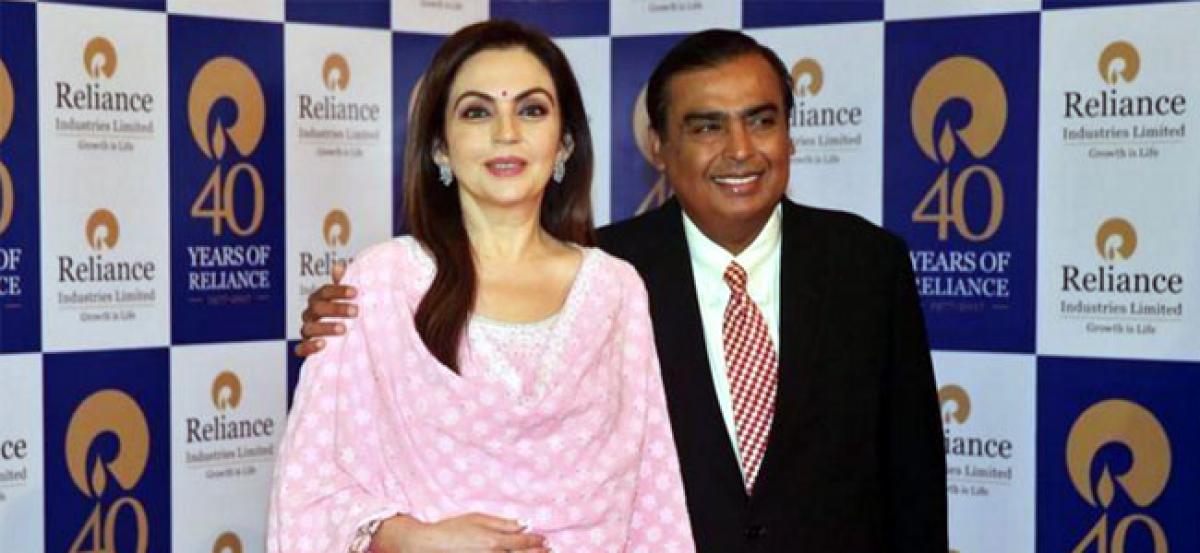Live
- Severe Smog Engulfs Delhi: Flights Delayed and Air Quality Hits Dangerous Levels
- Court orders confiscation of govt assets in compensation dispute
- Govt out to unmask instigators as mantris hint at strict action
- Aamir Khan and Kiran Rao Launch Oscars Campaign for ‘Laapataa Ladies’ with a Fresh Title
- ED questions CM’s PA , MP G Kumar Naik in MUDA scam
- Revanth honours Nehru, emphasises education reforms
- NASA’s Shocking Health Crisis: Astronauts Losing Drastic Weight in Space
- Govt locked up Vidhana Soudha, brought money bags, held polls: Bommai
- Children’s Day 2024: Heartfelt Wishes, Quotes, and Status Messages to Celebrate with Loved Ones
- Minister Damodar Raja Narsimha to Visit Sangareddy Today









